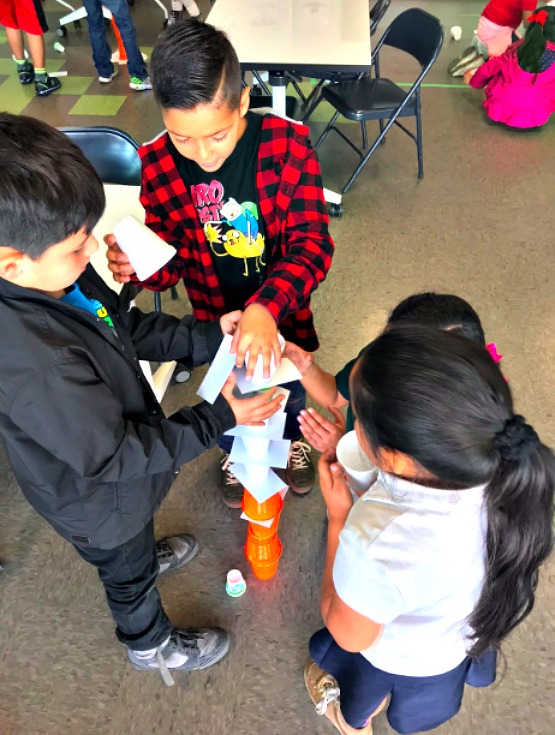As a school board member and educator, I am often challenged with having to explain to folks that the achievement gap is actually just a sub-issue of the belief gap. The achievement gap as explained by the glossary of Education reform, “refers to any significant and persistent disparity in academic performance or educational attainment between different groups of students, such as white students and minorities, for example, or students from higher-income and lower-income households.” Ironically, for many of my colleagues, it is easier to focus attention on the achievement gap, as it allows us to think that through intensive academic intervention and additional support programs, we could eliminate the “gap.” Unfortunately, the issue is so much larger than that. While I firmly believe that most of us in positions that have power over shifting a school district’s achievement have a clear understanding that being committed to closing the achievement gaps means we must commit to true equitable distribution of educational results, I am not sure we all understand that at the heart of that, there is an issue we must be more comfortable having tough conversations around; that is the “belief gap.”
Research shared by Innovate Schools has found that teachers have lower expectations for students of color and tend to believe in white students far even when both students have the same academic record; this phenomenon is called the “belief gap.” This research stems back to work started in the ‘60s:
“In 1964, Harvard professor Robert Rosenthal did a famous study on how teacher expectations affect students. At an elementary school in San Francisco, Rosenthal chose students at random. He told their teachers that these students in particular would experience significant growth in their IQ. Then he followed the students and teachers for two years.
The result? Teachers began to favor those students more. They gave them more time to answer questions. They provided them with more specific feedback. They even smiled and nodded at these students more than the rest. At the end of the two years, although these students didn’t actually have greater IQ potential than the others, Rosenthal’s lie became a reality. These students ended up scoring higher on IQ tests.
Rosenthal’s experiment demonstrated the incredible power of belief. When teachers believe in a student, the student performs better, regardless of their past academic achievement. But the opposite is true as well.”
Taking into account that the belief gap has such a detrimental impact on the lives of so many students, who are often left behind, it is important for school districts to lead a systemic transformation that will benefit all students. As board members, we must address the core of the issue and include racial equity policies in our strategic plans as well as be intentional about how our programs target students, regardless of race or income level. It is also important for us to prioritize professional development for our staff that centers around unconscious bias and equity-focused educational practices. We also need effective strategies for teachers so that their instructional practices do not reinforce biases or unfounded beliefs.
Let’s shift our conversations. Yes, as education reformers, it is our responsibility to provide guidance and a vision to combat the achievement gap, and to create more opportunities and to provide access to a surplus of resources to also lessen the opportunity gap, but at the core of everything, we must do our part to address the belief gap in our schools. It is happening in our schools and unless we do something about it, one too many students will grow up not believing in themselves because they lacked champions that could have taught them otherwise.
Alma Renteria
Latest posts by Alma Renteria (see all)
- Rincón Universitario: Cómo Escribir una Narrativa Auténtica para Solicitudes de Universidades, Parte 3 - October 17, 2019
- College Corner: How To Write An Authentic Narrative for College Applications, Part 3 - October 15, 2019
- Rincón Universitario: Cómo Escribir Una Narrativa Auténtica para Solicitudes Universitarias, Parte 2 - October 1, 2019
- College Corner: How To Write An Authentic Narrative for College Applications, Part 2 - September 26, 2019
- College Corner: Cómo Escribir un Relato Auténtico de Solicitudes para la Universidad, Parte 1 - September 4, 2019

